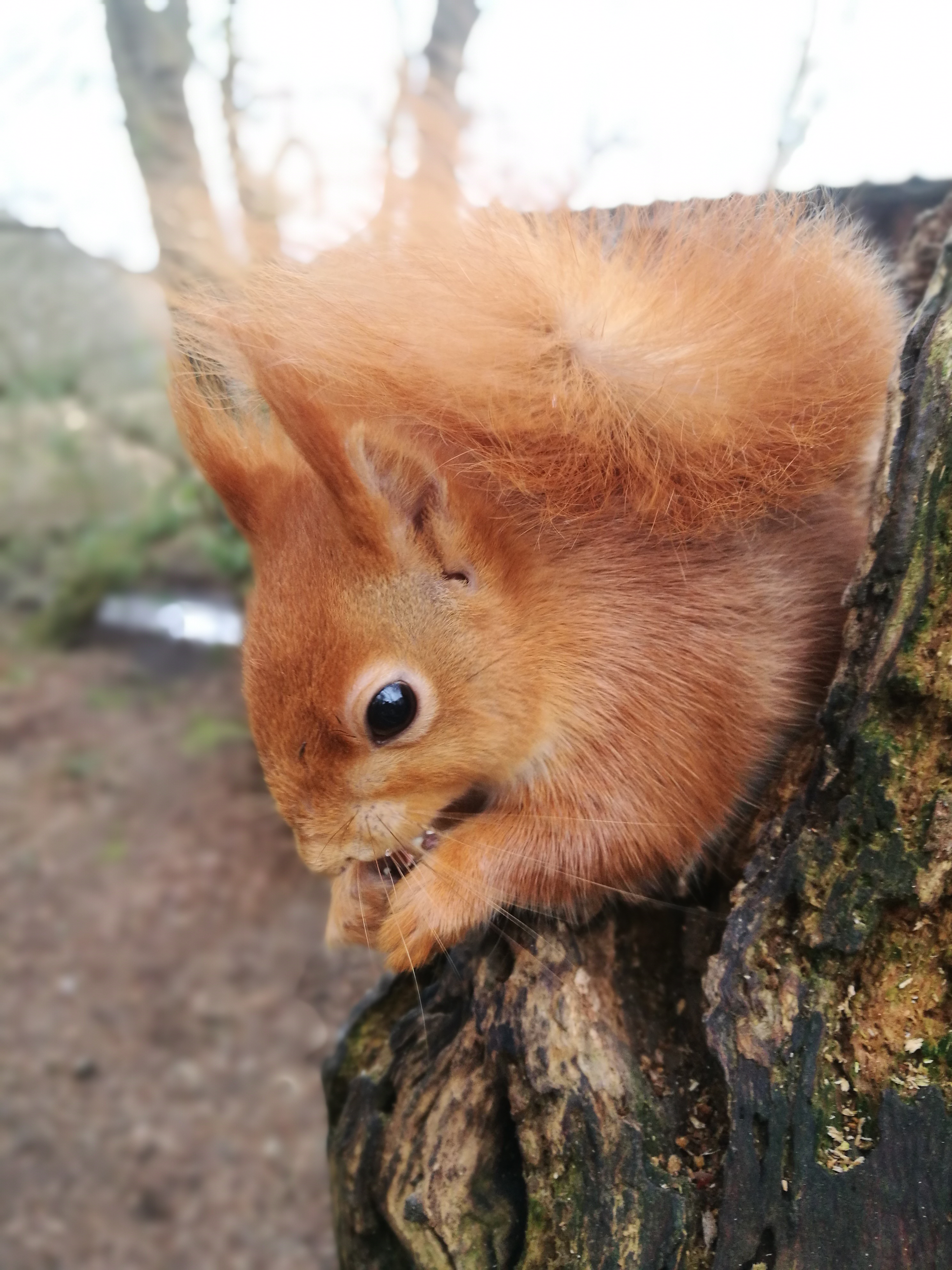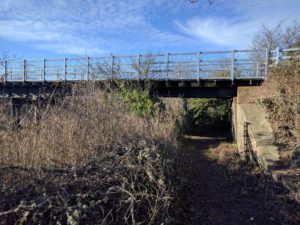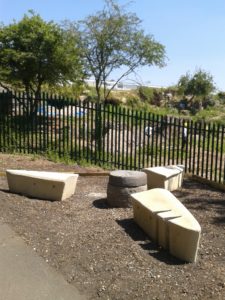Cowes and Newport Railway
Construction started on the Cowes and Newport Railway on 15 October 1859 and had been imagined to be simple, but in
The line opened on 16 June 1862; passenger traffic only was carried for some time after opening; and there were eight trains each way on weekdays.
The Railway Company had a difficult relationship with its neighbour the cement works concerning the route the track would take around the millpond and associated waterways. By the 1880’s these disputes were largely settled and a good working relationship was established.
In 1879 the construction of a brick viaduct spanning the River Medina at Newport enabled a railway connection between Cowes and Sandown. The Cement Mill could use these new transport links to access chalk from Pan Down near Shide. The Victorian footings of the viaduct can still be viewed from Dodnor Creek and Dickson’s Copse Local Nature Reserve.
It would have been quite unpleasant for railway passengers as they passed the site, they would have needed to close the carriage windows. Pollution caused problems with other parties, including royalty. According to some sources Queen Victoria specifically asked for cement mills to be included in the clean air act as a result of pollution from the West Medina Mill reaching her residence Osborne House located approximately two miles away at East Cowes.
In 1887 the Cowes and Newport Railway merged with the Ryde and Newport Railway and the Isle of Wight (Newport Junction) Railway to form Isle of Wight Central Railway. This too was always short of money and thus operated antiquated equipment.
There was a halt at the Cement Mills for the workers. In 1923 the Isle of Wight Central Railway was absorbed by the new Southern Railway and the new owner put financial resources into worthwhile modernisation.
However, in 1924 the halt at the Cement Mills was the scene of a crash when a passenger train collided with a lorry.
The railway closed in 1966. Today it is a brilliant wildlife corridor linking ancient woodland and grassland habitats. The linear woodland and hedgerows provide cover for nesting birds and hawthorn and blackthorn provide a rich food source for wildlife in the autumn. If you are lucky you might glimpse a bullfinch or red squirrel, but it is also important for badgers, bats and dormice. In fact it is so good for wildlife, that it April 2018 it was registered as a Site of Importance for Nature Conservation.


The bed of the railway line is now a cycle track. It is part of National Cycle Network Route 23 which takes you all the way between Reading and Sandown, if your legs are up to it! It’s also part of the Red Squirrel Trail. And whilst on the subject of tired legs, have a look at our new bio-receptive sculpture next to the track.
The sculpture reflects the different industrial stages of the Dodnor Creek / West Medina Mills site. The millstone in the middle reflects its early days as a flour mill. The concrete blades reflect the days on cement production and also the current engagement in cutting edge wind technology. In fact they were made using the tips of the wind blade moulds. But the fiendishly clever thing about all this is that it is also a home from solitary bees and other insects. The central hub is hollow and filled with sand a straw. Parts of the blades are also hollow.
The sculpture was the result of significant local collaboration using expertise from a number of local companies. It was designed and built by Nigel George and Dave Badman from Artecology. Vestas Blades provided moulds to use, and Wight Building Materials provided (you have guessed it) materials and a site on which to build the structure. When we needed to move the considerably heave structure, Vestas yet again came to our aid, as well as Docklands Traffic Management who provided us with plans and signs.




